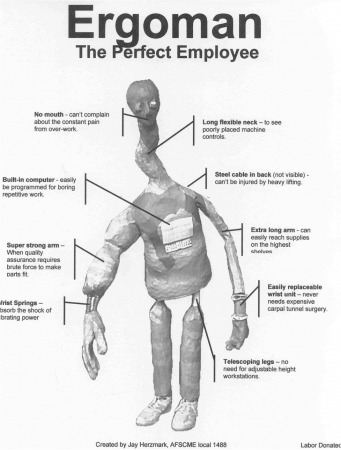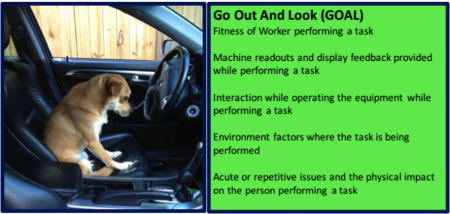Root Cause Tip: Are you stopping short of exploring Human Engineering on the TapRooT® Root Cause Tree®?

When analyzing a Causal Factor for Human Performance Difficulty during a root cause analysis investigation, a few questions under the Individual Performance section of the TapRooT® Root Cause Tree® will guide you to the basic cause category of Human Engineering. Hint: It would be great to have your Root Cause Tree® and Root Cause Tree® Dictionary handy for this discussion but it is not mandatory for learning to occur from this article.
Question 1: This question focuses on factors that can reduce human reliability and cause human errors. (Fitness of Worker performing a task)
Question 4: This question focuses on the human-machine interface that was needed to recognize conditions or problems and understand what was occurring. (Machine readouts and display feedback provided while performing a task)
Question 5: This question covers actual task performance. (Interaction while operating the equipment while performing a task)
Question 7: This question focuses on environmental factors that can degrade human performance. (Environment factors where the task is being performed)
Question 8: This question focuses on the ergonomics of the task performance. (Acute or repetitive issues and the physical impact on the person performing a task)
By now you should notice two key factors that must be identified before you can go any further in the root cause analysis of a particular Causal Factor for Human Engineering:
1. Who is the person that needed to perform the task successfully?
2. What is the task that needed to be performed successfully?
No shortcuts allowed in our TapRooT® process for these two factors. Doing so will prematurely cancel out your opportunity to explore Human Engineering in more investigative detail.
A third factor not listed yet is that you must Go Out And Look (GOAL) at where the task is being performed for questions 4, 5, 7 and 8. You cannot and should not answer the additional questions needed to evaluate the task from your desk. If you cannot get to the site and must ask the questions remotely, a person must be onsite to be your ears and eyes to GOAL.
A task can defined as an activity or piece of work which a person(s) must perform to accomplish with a successful end result. It can be a one action task or a sequence of actions to accomplish a system response. Examples….
• Press brake pedal with right foot to slow down car that you are driving
• Type words that create a sentence for others to read and comprehend
• Calculate launch equations that then get input into a computer that then guides a space capsule launch

br>
What would it take for a person to press a pedal with their right foot to slow down a vehicle?
• A pedal that can be reached and depressed
• A pedal that works as designed for the task
• Feedback from the car and environment to indicate that the car is slowing down at the right rate
• A person that can react in time with the right knowledge and ability to perform the slowing down task
How hard would it be to answer these questions from your desk with a reasonable amount of accuracy? Difficult at best, so don’t stop yourself from exploring Human Engineering because you did not identify the task, the equipment and the person.
Learn more about Human Engineering and TapRooT® tools like the TapRooT® Root Cause Tree in one of our upcoming 5-Day TapRooT® Advanced Root Cause Analysis Team Leader Trainings:
October 2: Knoxville, Tennessee
October 23: Bogota, Colombia (Spanish)
October 30: Reykjavik, Iceland
November 13: Brisbane, Australia
November 27: Johannesburg, South Africa
November 27: Monterrey, Mexico



